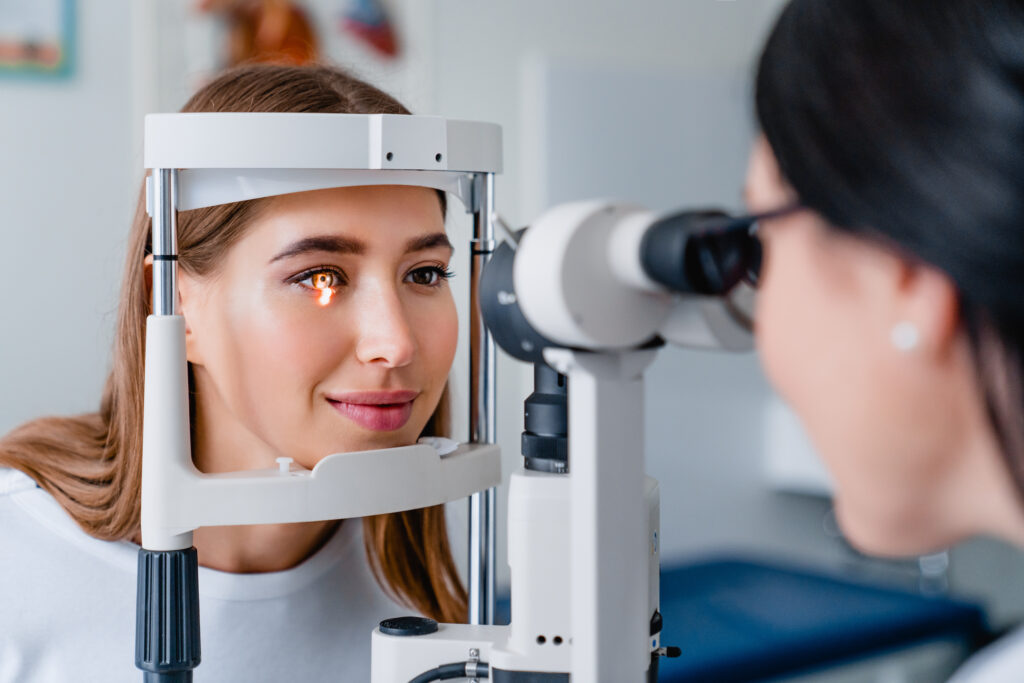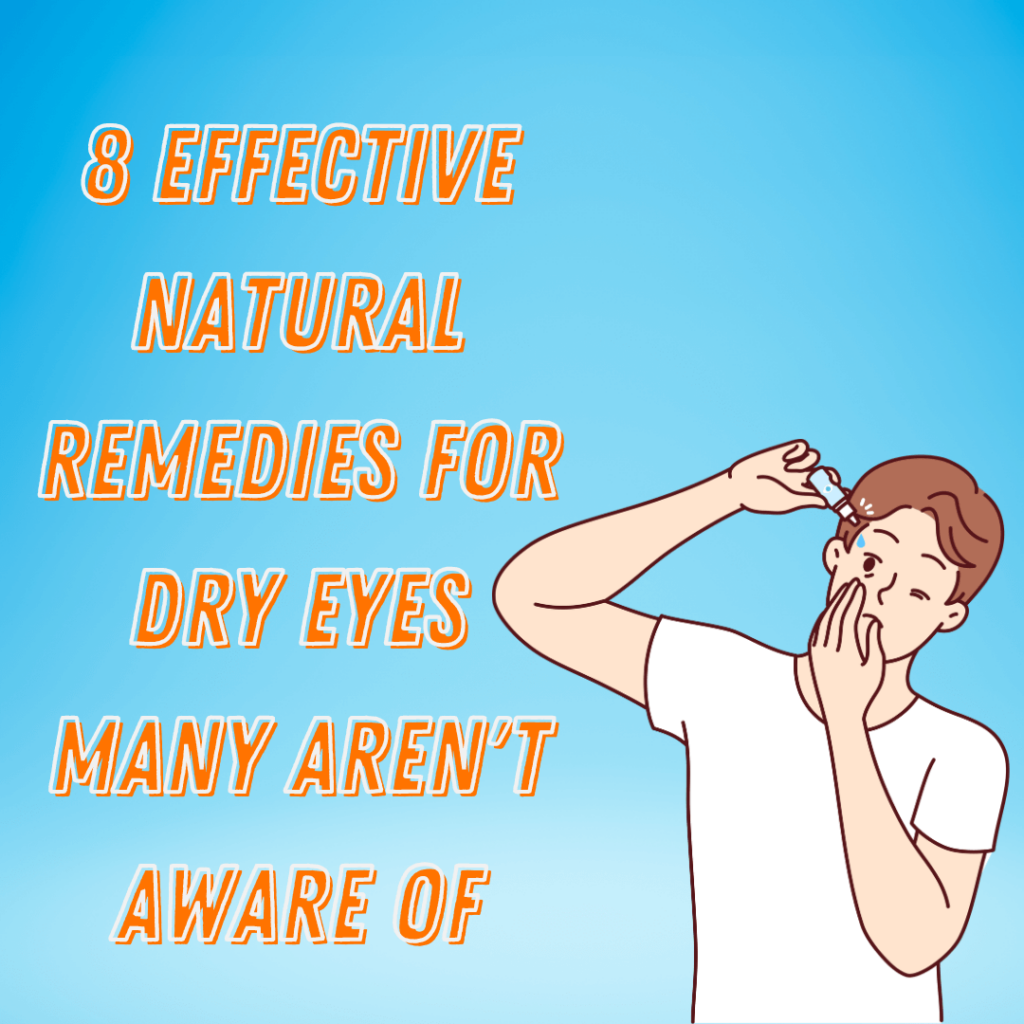
Most eye conditions can be detected during a thorough, yearly eye exam. This includes both the visible parts of your eye (visual acuity) and the internal structures, such as the retina, optic nerve, and choroid.
You’ve probably had a vision screening test as part of your physical or during the process of getting or renewing your driver’s license.
1. It’s a Health Check
Most health insurance plans cover annual eye exams. Check your specific coverage details to be sure.
Kids may have vision screening tests as part of routine health care visits or at school, while adults often get their eyes screened as part of a complete exam from an eye care specialist (ophthalmologist or optometrist).
A common test is visual acuity, which determines the smallest letters you can read on a standardized chart—you’ve probably seen this kind of test before, whether in your doctor’s office or a classroom.
Color blindness testing is another commonly used test. It checks your ability to distinguish different colors by presenting you with cards with multicolored dots in patterns and asking how quickly you can identify the symbols. Another test checks your peripheral vision, determining how far you can see in each direction from the center of your eye. Depending on your health and family history, you may also need to have your pupils dilated for a more comprehensive examination of the back of your eye.
2. It’s a Lifestyle Change
There are many things you can do to maintain your eye health, and one of the most important is to get regular exams. Eye exams should be a part of everyone’s regular healthcare routine, along with visits to the doctor and dentist.
Your eye doctor will use a classic test called visual acuity to check the clarity of your vision. The test involves displaying rows of letters or numbers and asking you to read each row, starting with the smallest ones. The test measures both your central and peripheral (side) visual fields.
The eye doctor will also use a test called refraction to determine your prescription for eyeglasses or contact lenses. This is done by positioning a series of lenses in front of your face and asking you to state which are clearer. The refraction tests measure nearsightedness, farsightedness, astigmatism and presbyopia. The doctor will then combine the results of these two tests to create your final prescription for vision correction.
3. It’s a Preventative Measure
The key to preventing vision loss and many eye diseases is to catch them in their early stages. A comprehensive dilated eye exam by an eye care professional is the only way to know for sure that your vision is healthy. Many common eye diseases have no obvious symptoms in their early stages. This is especially true of glaucoma and macular degeneration.
A full eye exam will include a visual acuity test where you look at tiers of letters on an eye chart and read them out loud using both eyes. The test checks your ability to see clearly at near and far distances, tests for blind spots in your side (peripheral) vision and assesses your color vision.
The doctor will also assess your family history of eye problems, as most eye diseases have a hereditary component. He or she will ask about your current medications, as some can affect your eyesight. The doctor may also recommend fluorescein angiography, an examination that uses special dye to observe blood flow in the retina and choroid (two layers at the back of your eye). This can help detect abnormal vasculature, leaking defects, eye staining or blockages.
4. It’s a Symptom Check
In addition to identifying problems with your vision, eye doctors can also use an exam to detect a number of health conditions. Many of the symptoms of certain diseases and illnesses, such as diabetes, lupus, high cholesterol, multiple sclerosis, sleep apnea and cat scratch fever, can be seen in the eyes.
During a comprehensive exam, the doctor will check the sharpness of your distance and close vision by reading letters on an eye chart or looking at symbols from different sizes. She will test your peripheral (side) vision and your ability to see colors using a multicolored dot pattern. She will also ask about your medical history and the medicines you take, as these can affect your vision.
She may also test for glaucoma by shining a bright light at the back of your eyes, which causes your pupils to dilate, or she might use medicated eye drops to examine the blood vessels and nerve in the back of your eyes.





